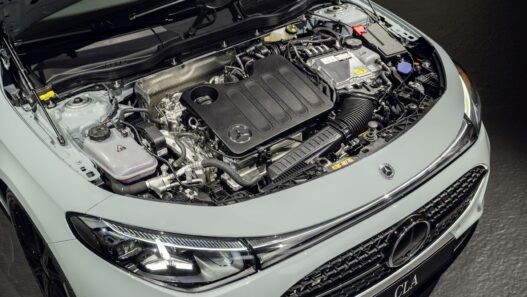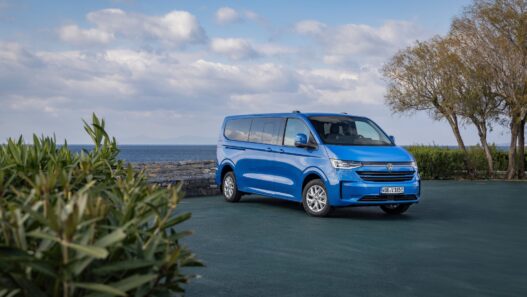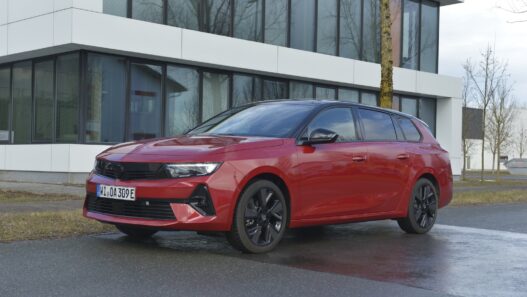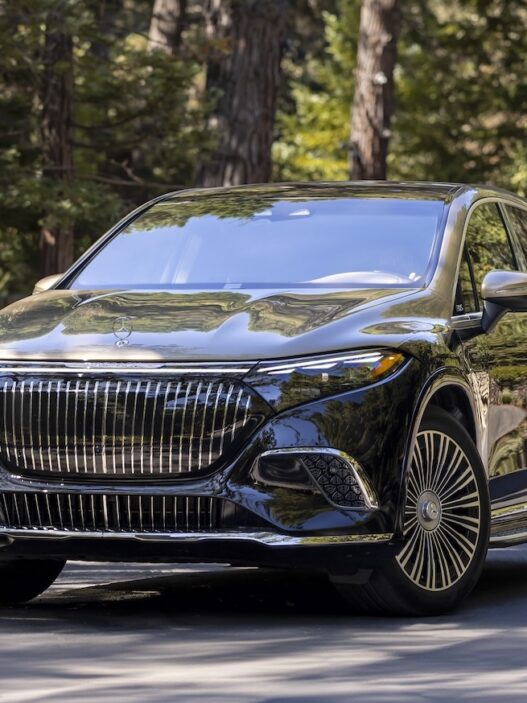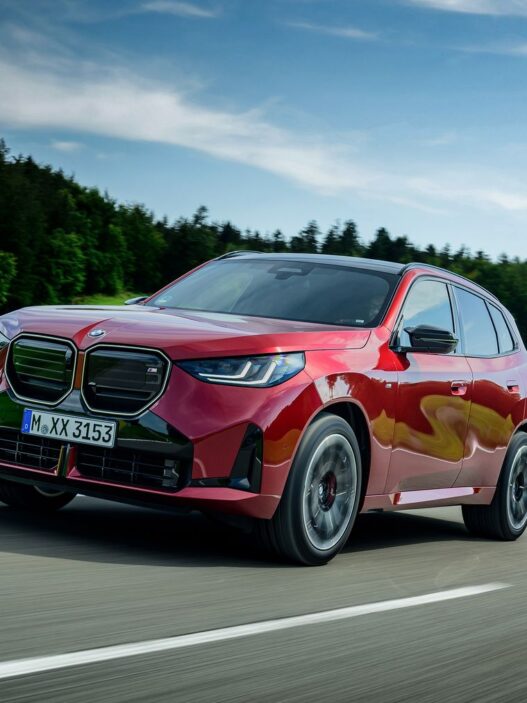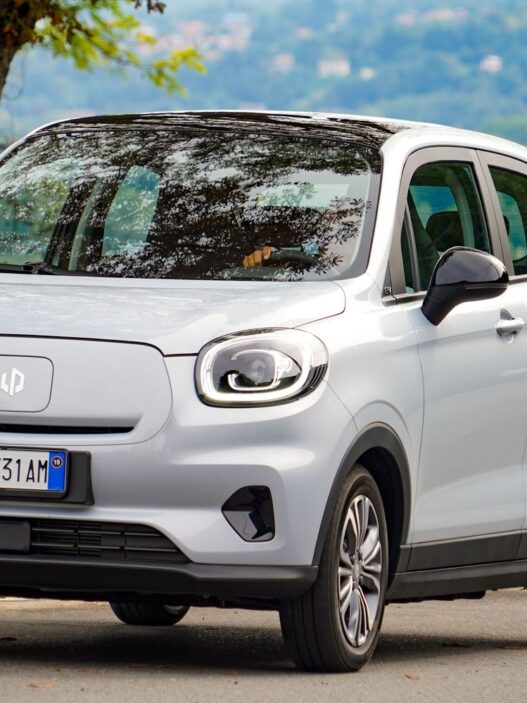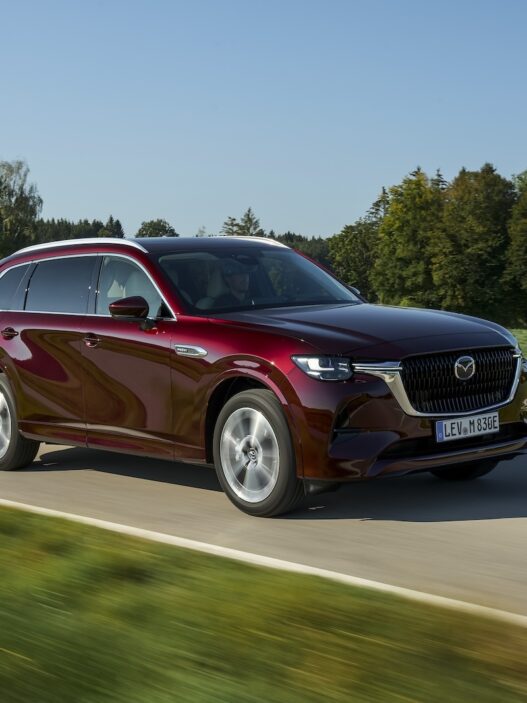The Audi e-tron GT benefits from a facelift, much like its technical sibling, the Porsche Taycan. With its new hydraulic suspension, Audi has successfully managed the balancing act between long-distance comfort and agility, which enhances the differentiation between the two models.
Technology Overlooks Style
The roles of the Porsche Taycan and the Audi e-tron GT are clear: The Taycan is the dynamic performer, while the e-tron GT is more of a grand tourer.
“We’ve pushed the boundaries of what’s technically possible.”
Carsten Jablonski, Driving Dynamics Expert
This distinction remains unchanged, even with the facelift, as Audi officials repeatedly emphasize, owing to corporate strategy. However, the tools engineers use to achieve this differentiation have been refined.
Active Suspension and Hydraulic Mastery
This focus on technological improvement makes sense for the Audi e-tron GT. Some might even argue that the Audi is more attractive than the Taycan. While the core technology remains the same, the facelift has significantly improved the technical aspects, particularly the suspension. The e-tron GT now features an active suspension system composed of a single-chamber air spring paired with adaptive dampers.
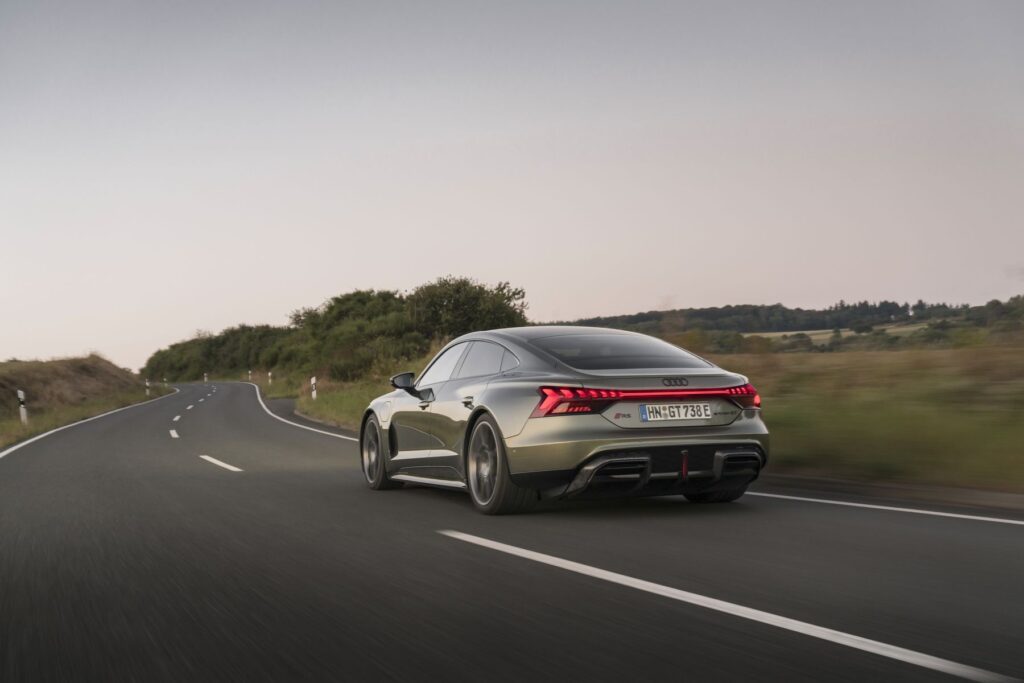
The hydraulic dampers constantly adjust to surface irregularities to keep the body as level as possible, minimizing pitch during braking and roll in corners. Each shock absorber is equipped with a separate hydraulic pump that immediately counteracts body movements as soon as the wheel sensor detects a disturbance. This is possible because the rebound and compression phases of the dampers are separately and actively controlled. This delicate balance between dynamics and comfort is perfectly executed: despite the 21-inch tires, the e-tron GT is a comfortable cruiser, yet it can also take on tight corners with ease. The hydraulic suspension does not rigidly keep the body level, avoiding the impression of artificial stability.
A Full Range of Driving Modes
The Audi e-tron GT RS Performance leaves nothing to be desired when it comes to driving modes. In addition to the standard settings – Efficiency, Comfort, and Dynamic – drivers can also select the configurable RS 1 and RS 2 modes. “Low ride height and comfortable dampers are possible,” explains Chief Engineer Stephan Reil. For the e-tron GT, „low“ means a ride height reduction of up to 22 millimeters. Even in its standard setting, the body already sits 10 millimeters lower than its non-RS siblings. Audi also offers a pre-configured dynamic menu for the RS Performance mode, ideal for winding country roads and mountain passes. This mode ensures that the top-of-the-line model’s electronically controlled rear differential lock is optimized for sporty driving.
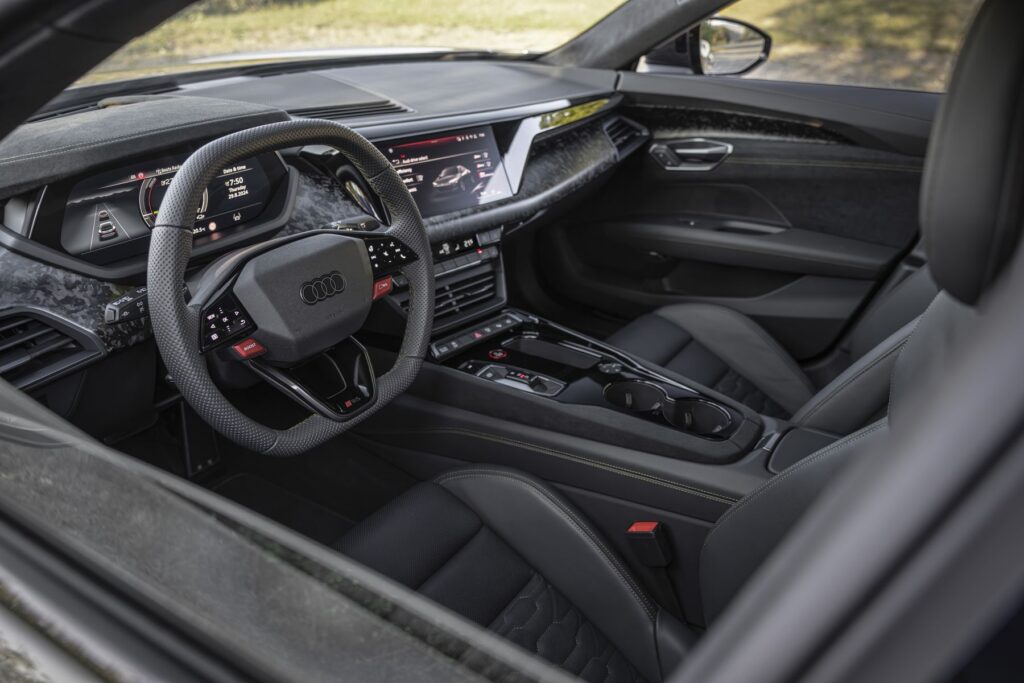
The fully variable control of the multi-plate clutch allows the lock to range from zero to 100 percent. The rear-axle steering, which allows for up to a 2.8-degree turn, also contributes to the vehicle’s nimbleness. Naturally, we pressed the red button on the steering wheel to unleash the GT sports car and were thoroughly impressed by its agility. The Audi corners with precision, thanks in no small part to the steering, which always keeps the driver informed about how long the Bridgestone tires (made of 55 percent renewable or recycled materials) can handle the pressure.
Efficiency Mode and Power in Abundance
We spent most of our time in Efficiency mode, which didn’t lead to any performance loss but did result in a less aggressive response from the drivetrain. This mode made for a more relaxed driving experience. Power is abundant regardless. Activate the Launch Control, and you get 680 kW (925 hp), with an additional boost of 620 kW (843 hp) for ten seconds during overtakes. While the peak output is 20 kW (27 hp) less than that of the Porsche Taycan Turbo S, it’s still more than enough to dominate the Autobahn – even with the electronically limited top speed of 250 km/h.

The Audi sprints from 0 to 100 km/h in just 2.5 seconds. No further questions, right? This is all made possible by two PSM motors: 252 kW (342 hp) at the front and 415 kW (564 hp) at the rear. The rear motor is more compact than its predecessor, thanks to internal improvements, including the adoption of rotors from the PPE platform’s e-machines. In total, the Audi e-tron GT is about 30 kilograms lighter than its predecessor.
Top-Class Charging Performance
This weight reduction not only improves agility but also extends the vehicle’s range. The battery plays a crucial role here. Thanks to improved cells and optimized software, the engineers have increased the battery capacity by 12 kWh to 105 kWh (97 kWh net) while reducing the weight by 12 kilograms to 625 kilograms. As a result, the e-tron GT RS Performance now has a range of around 592 kilometers, which is roughly 100 kilometers more than before. The charging performance has also been significantly improved.
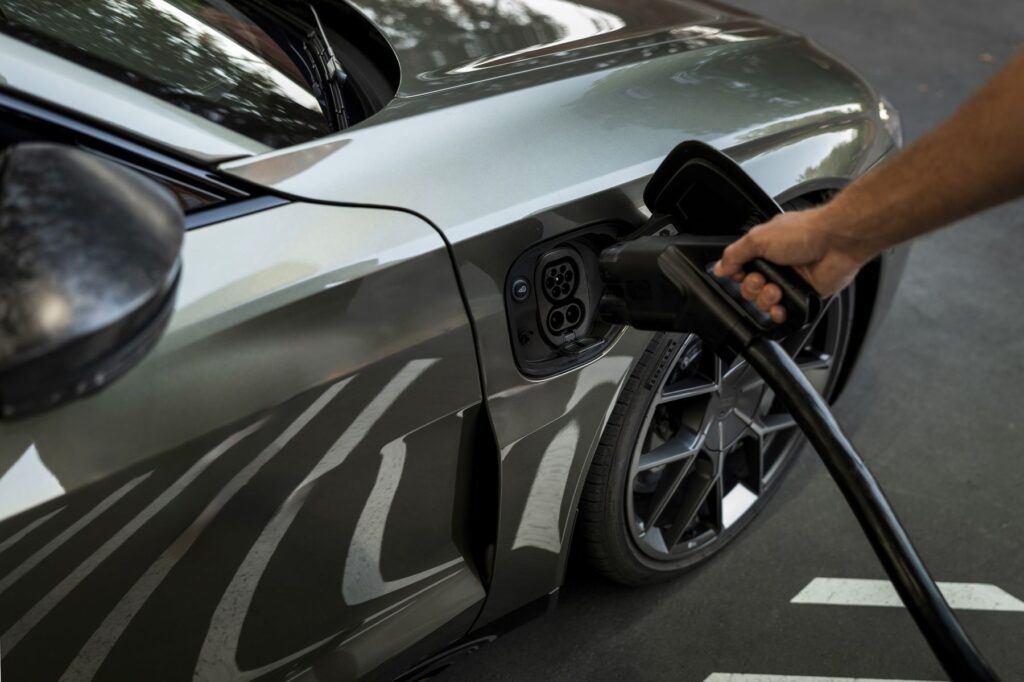
The Audi e-tron GT can now draw a maximum of 320 kW from fast-charging stations, allowing the battery to go from 10 to 80 percent in just 18 minutes – five minutes faster than before. So, cigarette breaks will be much shorter. In just ten minutes, you can add 280 kilometers of range to the battery. Charging at a wall box with up to 22 kW is also possible, which means the battery can be fully recharged from 0 to 100 percent in 11 hours.
Price vs. Fun Factor
The Audi e-tron GT RS Performance offers an abundance of fun. However, that fun comes with a price tag – starting at a minimum of €160,500. At this point, it might be worth looking at the Porsche Taycan Turbo S again, which costs even more: An eye-watering €209,900.

Specifications: Audi e-tron GT RS Performance
- Type: Sport Coupe
- Motor: Two PSM e-machines
- Power: 925 hp (680 kW) Boost
- Max Torque: 1,027 Nm
- Top Speed: 250 km/h
- Acceleration (0-100 km/h): 2.5 seconds
- Transmission: Two-speed automatic
- Drive: All-wheel drive
- Battery Capacity: 105 kWh (97 kWh net)
- Consumption (EU Mixed): 20.8 kWh/100 km
- CO2 Emissions: 0 g/km
- Weight: 2,320 kg (manufacturer data)
- Max Load Capacity: 540 kg
- Dimensions (L/W/H): 5,004 / 1,964 / 1,402 mm
- Max Cargo Volume: 350 liters
- Price: €160,500
- Base Model Price: €126,000
- Efficiency Class: A

